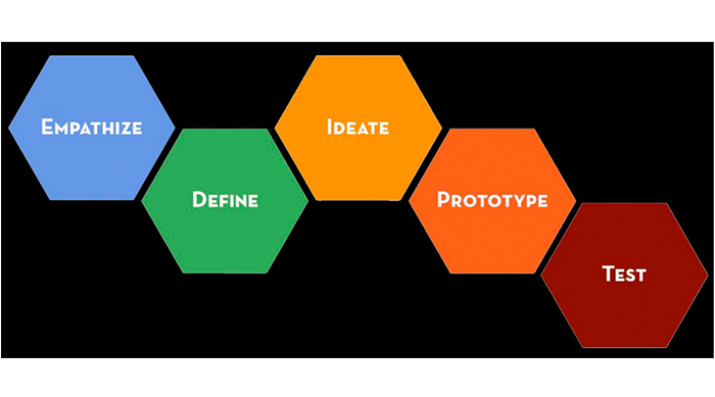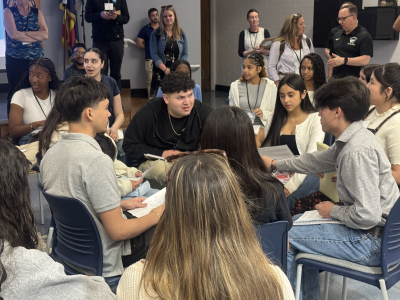Design Thinking in Education: Practical Tools to Share!
Topics

Educators are the lead learners in schools. If they are to enable powerful, authentic, deep learning among their students, they need to live that kind of learning and professional culture themselves. When everyone is part of that experiential through-line, that’s when next generation learning thrives.
Practitioner's Guide to Next Gen Learning
An open-licensed Design Workbook supports professional learning that helps teachers use the design thinking process in their everyday work.
There has been a lot of buzz lately about bringing the ideas of design thinking to education. I bought into design thinking as a powerful concept in theory, but I’ve been waiting to see how those ideas translate into great practice.
A few weeks back, the NGLC community gathered in Washington, D.C., where our partners at CityBridge Foundation shared how they have applied the ideas of design thinking into their everyday work with K-12 teachers and school leaders.
This set of tools has been developed by the ace team at CityBridge. They help teachers use the design thinking process in their everyday work.
Design Thinking for Classroom Teachers
CityBridge leads an Education Innovation Fellowship for teachers. Now in its fourth year, the yearlong fellowship program selects district and charter school teachers who are committed to learning, fellowship, and developing a pilot of an innovative practice in their own classroom.
Andrew Pratt, who leads the fellowship, has worked with his team to build the current iteration of the curriculum. Here are a few resources he uses with teachers in the fellowship:
- Design Workbook—Empathize and Design: In this workbook, teachers explore the first two steps of the design thinking process: “Empathize” and “Design.”
- Design Workbook—Discuss and Design: In this set of exercises, teachers learn about next generation models and engage in a consultancy protocol to push each other’s thinking.
- Design Workbook—Ideate and Prototype: In this set of exercises, teachers learn two additional steps in the process: “Ideation” and “Prototyping.”
- Design Cycle Portfolio: In this exercise, teachers engage in the design thinking steps to create a portfolio of their work which is the culminating project of the fellowship.
- National School Reform Faculty Consultancy Protocol: There are many good protocols for running a consultancy with teachers. CityBridge recommends this one from the National School Reform Faculty.
Thanks to Creative Commons licensing, the materials provided above are free and readily available for use. They were developed by Andrew Pratt at CityBridge and rely on materials from the d.School at Stanford.




